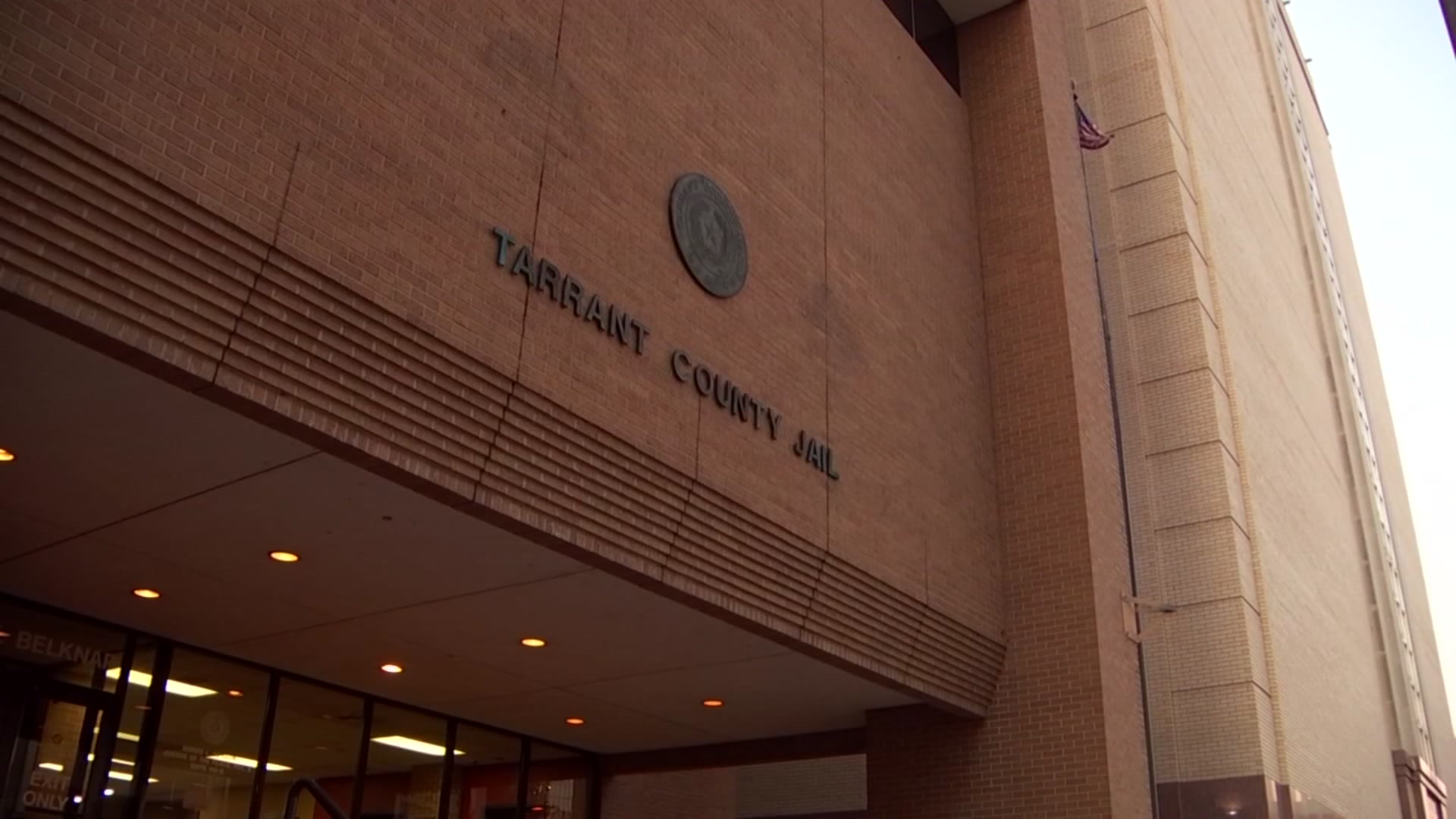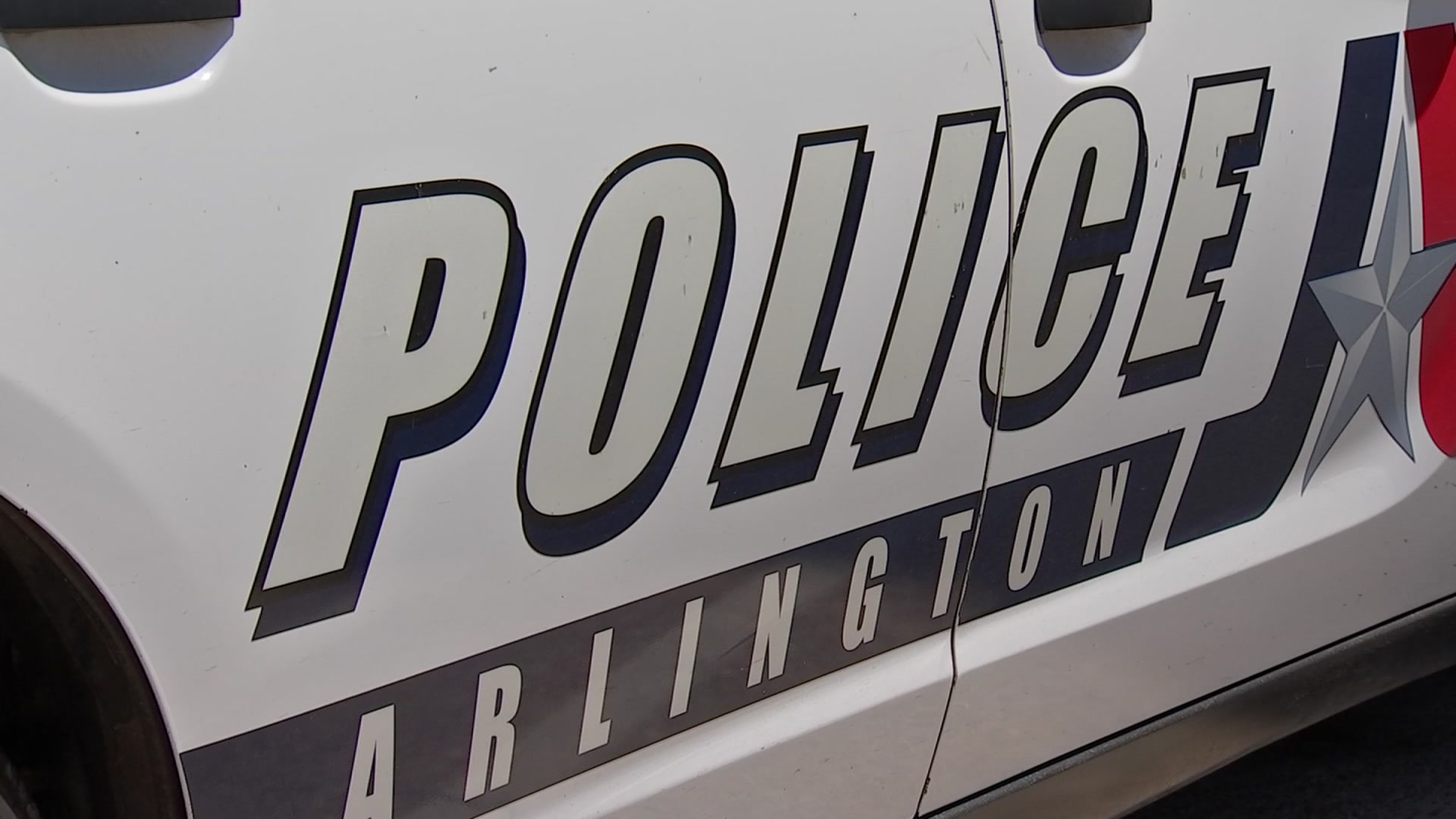The U.S. Army Corps of Engineers this week will take soil samples in the effort to determine the cause of a deadly Dallas house explosion from February 2018.
The natural gas explosion killed Linda “Michellita” Rogers, 12, and injured four other people on February 23, 2018.
The Army Corps of Engineers has been contracted to do the drilling work by the National Transportation Safety Board (NTSB), the federal agency that is conducting the investigation.
Corp spokesman Clay Church said the agency is well qualified to conduct soil testing.
"We operate 25 flood risk reservoirs in Texas and we also help with flood damage reduction with levees. And so those operations require knowing what the soil composition is," Church said.
Experts with the Corp used a ground penatrating radar device that looks like a lawnmower Monday to locate underground utlities that could be damaged by soil sample drilling.
"It is a suburban area with a lot of different utility lines," Church said.
Atmos — the natural gas utility — has contended that the cause of gas leaks in the area last year was an impossible to predict combination of heavy rain and unique soil composition. Company officials said their pipes were performing normally before that unforseeable situation.
Independent Civil Engineer Tom Witherspoon said he disagrees with that conclusion.
Local
The latest news from around North Texas.
"Being a long time geotechnical and structural engineer, that’s not my findings. I’ve been looking at soil borings around that area for a very long time and I see worse areas than that. So it is not unique," Witherspoon said.
The engineer visited the area with NBC5 in 2018 after the fatal explosion when Atmos had started a massive gas line replacement.
He found evidence that shifting soil had been underway for many years, long before the tragedy. He said old gas lines could very likely be damaged under such conditions. Monday Witherspoon said he expects the Corp of Engineers findings to support his conclusion about soil in the immediate area of the blast.
"This was very typical for all of North Dallas and most of North Texas," Witherspoon said.
Atmos had already been aware of issues with natural gas leaks in the area around Espanola Drive more than a month prior to the explosion, according to a preliminary report from the NTSB.
The day before the explosion that killed Rogers, Atmos began work to repair leaks that had been detected on Durango Drive, which is one block south of Espanola. Those leaks were discovered following gas-related incidents — including a previous explosion — on Feb. 21 and 22, 2018.
The damaged strutures on Durango Drive were being demolished Monday and the wreckage of the Rogers home on Espanola was only removed recently. It indicates the NTSB investigation has advanced to the point that the evidence is no longer needed by investigators.
Atmos issued a statement Monday:
"Last year we engaged Dr. John Bryant and his geotechnical engineering firm to help us understand the abnormal, sudden, and unexplained leaks in a specific area of our system in NW Dallas. Dr. Bryant did not access or evaluate the area of Espanola Drive and Durango Drive as this is part of the NTSB investigation. Any questions regarding the soil tests should be directed to the NTSB.
We continue to work with Dr. Bryant’s firm as well as climatological consultants to identify additional environmental factors that we can incorporate in our risk assessment models going forward for maintaining the safe operations of our system and prioritizing pipe replacement.
You can go here to find a copy of the report which is on our website.
We also continue to work with the NTSB and our safety regulators on their ongoing investigation."



